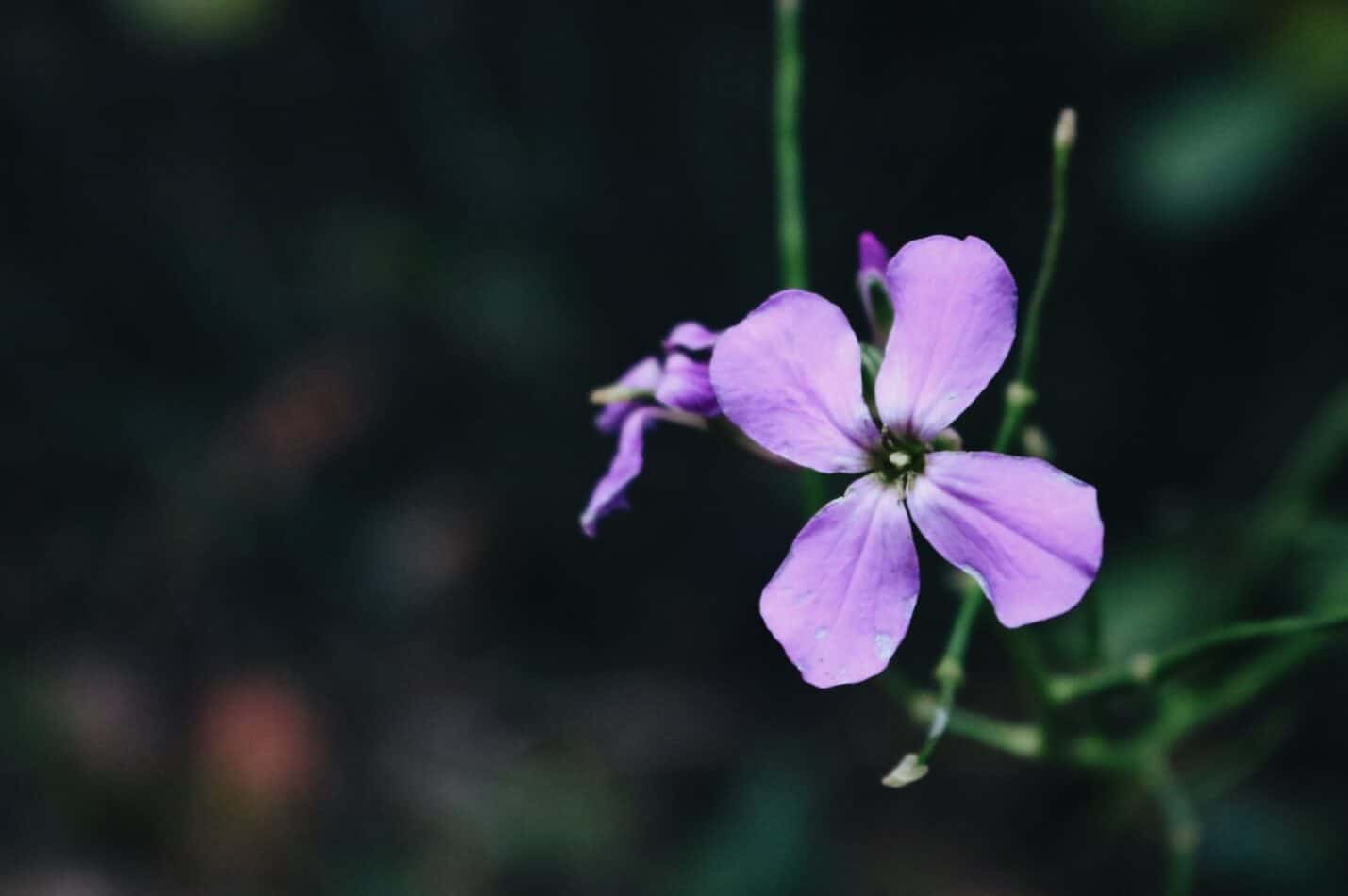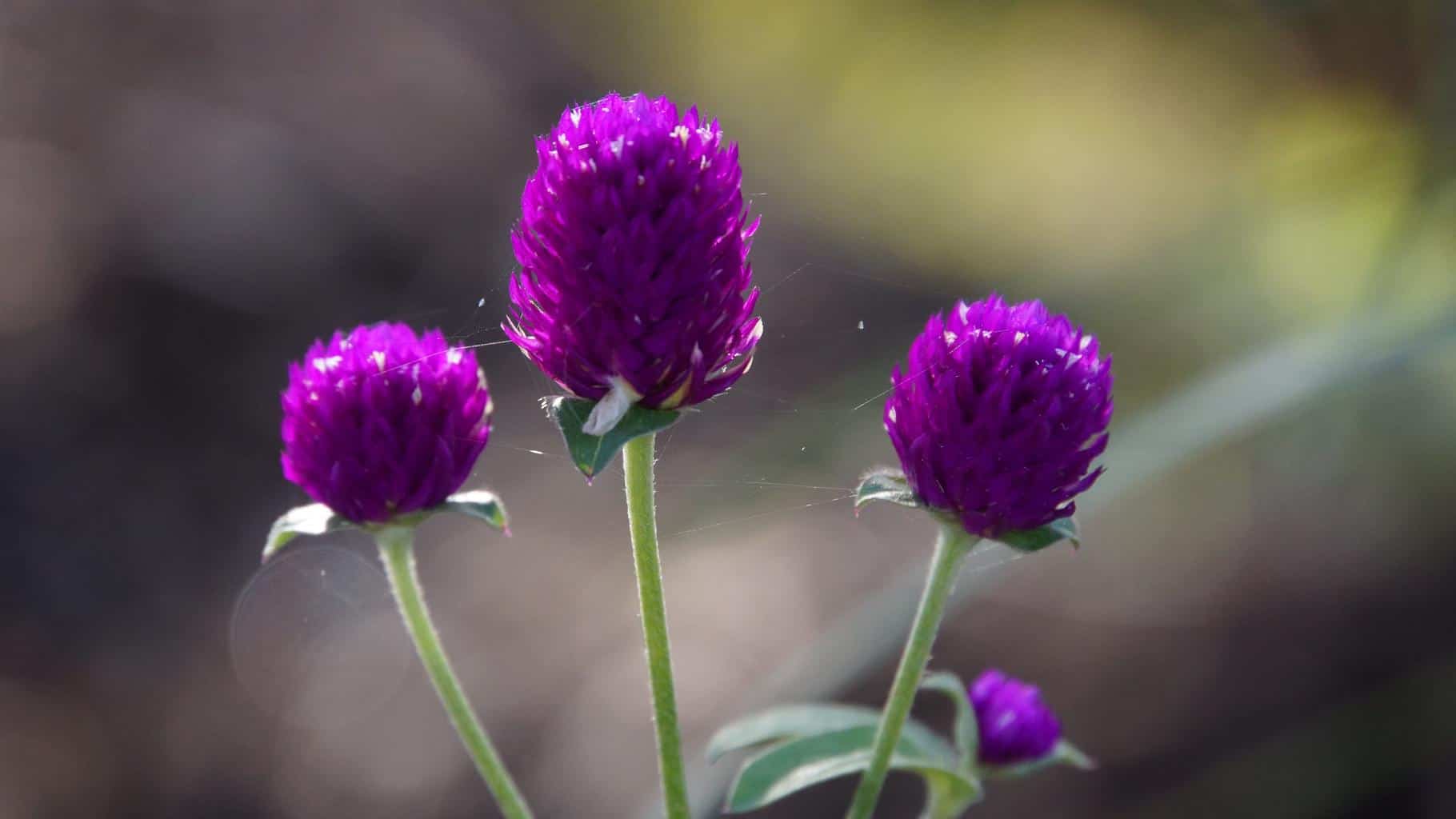Organic pest control methods offer numerous advantages, foremost among them being their minimal impact on the environment and human health. By utilizing naturally derived substances and ecological principles, organic pest control minimizes the use of synthetic chemicals, reducing pollution and preserving biodiversity. Additionally, organic methods often promote long-term pest management solutions by fostering healthy ecosystems that naturally regulate pest populations.
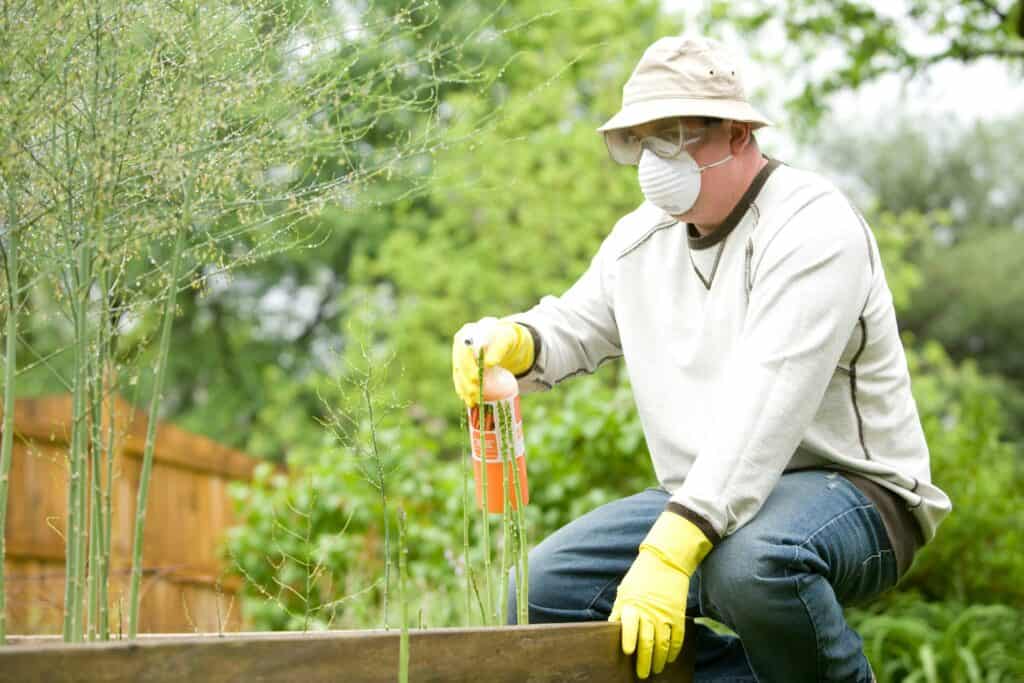 Moreover, organic practices are compatible with sustainable gardening principles, promoting soil health, water conservation, and overall ecological resilience. However, organic pest control may require more time and effort compared to conventional chemical treatments, as they often involve proactive management strategies and may not provide immediate results.
Moreover, organic practices are compatible with sustainable gardening principles, promoting soil health, water conservation, and overall ecological resilience. However, organic pest control may require more time and effort compared to conventional chemical treatments, as they often involve proactive management strategies and may not provide immediate results.
The only drawback is that organic methods may be less effective in controlling severe pest infestations or require repeated applications to achieve desired outcomes.
For example, some organic pest control products may still pose risks to non-target organisms or require careful handling to avoid unintended consequences. Despite these challenges, the benefits of organic pest control in promoting environmental sustainability and human well-being outweigh the drawbacks, making it a preferred choice for conscientious gardeners and farmers alike.
So, if you think these methods might be for you, what are the most common organic pest controls?
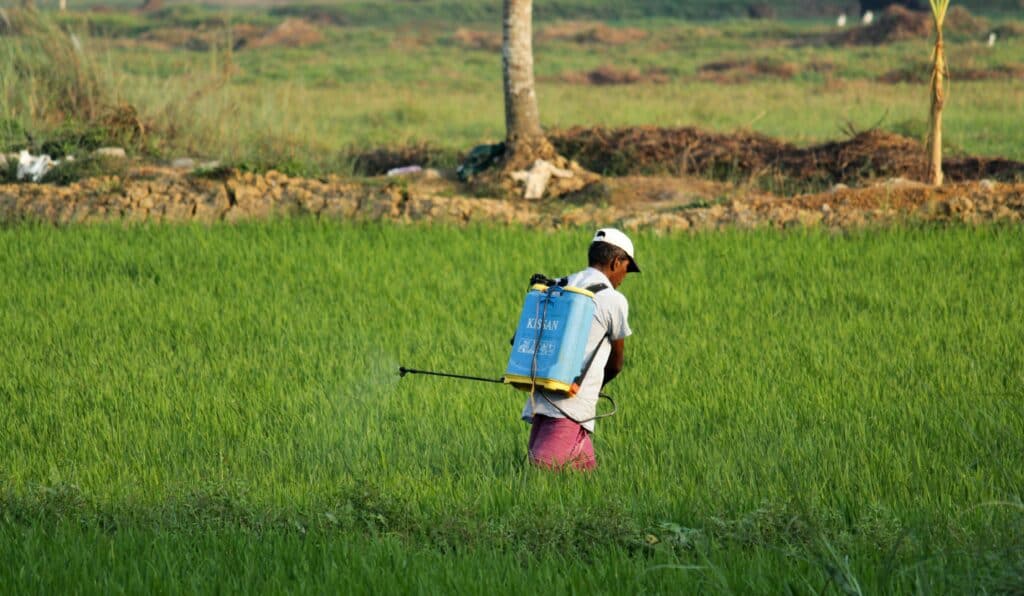 Most Common Organic Pest Methods
Most Common Organic Pest Methods
Organic pest control methods stand out for their minimal environmental impact and reduced toxicity compared to synthetic alternatives. Emphasizing the utilization of the least toxic approach as the initial line of defense is not only eco-friendly but also promotes long-term sustainability in gardening practices.
Microbial Insecticides:
These insecticides induce illness in pests and are highly specific to their target species, sparing beneficial insects and mammals from harm. Bacillus thuringiensis (Bt) is among the most popular options, favored for its effectiveness against various worm larvae such as hornworms, cabbage loopers, and cutworms. Bt bacteria paralyze the digestive systems of larvae, leading to their demise within a few days. While not as rapid in action as some chemical alternatives, Bt’s efficacy makes it a worthwhile choice for pest control.
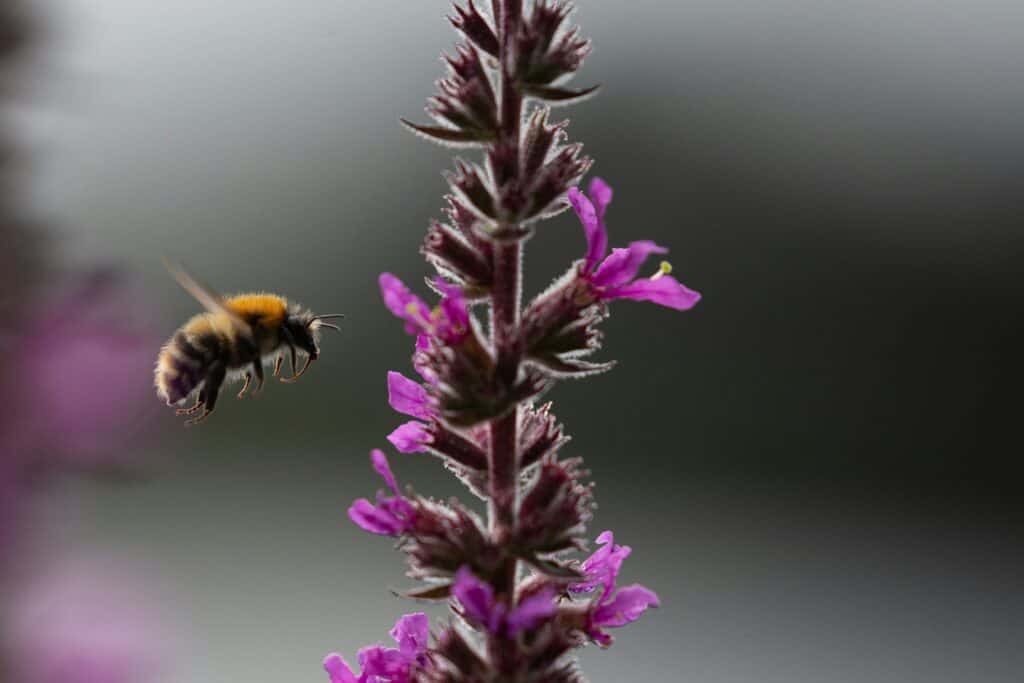 Insecticidal Oils:
Insecticidal Oils:
These oils function by suffocating pests, coating them with a petroleum-based liquid that deprives them of oxygen. While this method has been utilized for an extended period, it is primarily effective against eggs and immature insect stages. Their efficiency stems from their wide spread and quick breakdown. However, these oils may impact beneficial insects to some extent, albeit less severely than chemical alternatives.
Oils are commonly employed to manage aphids, scales, spider mites, and mealybugs, among others, though they can also cause leaf damage to plants and trees. It’s crucial to follow packaging instructions diligently, especially regarding application timing and precautions.
Avoid spraying oils on hot days, typically exceeding 85 degrees Fahrenheit, and always conduct a small-scale test on plants before widespread application. After a few days, assess for any damage before proceeding with full application, ensuring thorough coverage of leaf surfaces.
Diatomaceous Earth:
Diatomaceous earth (DE) consists of fossilized silica shells from algae, which have microscopic sharp projections that puncture the cuticle of insects, leading to dehydration and death due to fluid loss. Unlike chemical pesticides, DE’s effectiveness lies in its physical abrasiveness rather than chemical toxicity.
DE is useful against a variety of soft-bodied pests such as aphids, whiteflies, and caterpillars, but it also poses a threat to beneficial insects. It should be applied to the soil for ground-dwelling pests and directly onto foliage for other insects. For optimal effectiveness, apply DE when foliage is moist, typically early in the morning or after rainfall. When using DE, ensure it is “natural-grade” rather than “pool-grade” to avoid additional chemicals harmful to humans and mammals. It’s recommended to wear a dust mask when handling any dusting agent as a precaution.
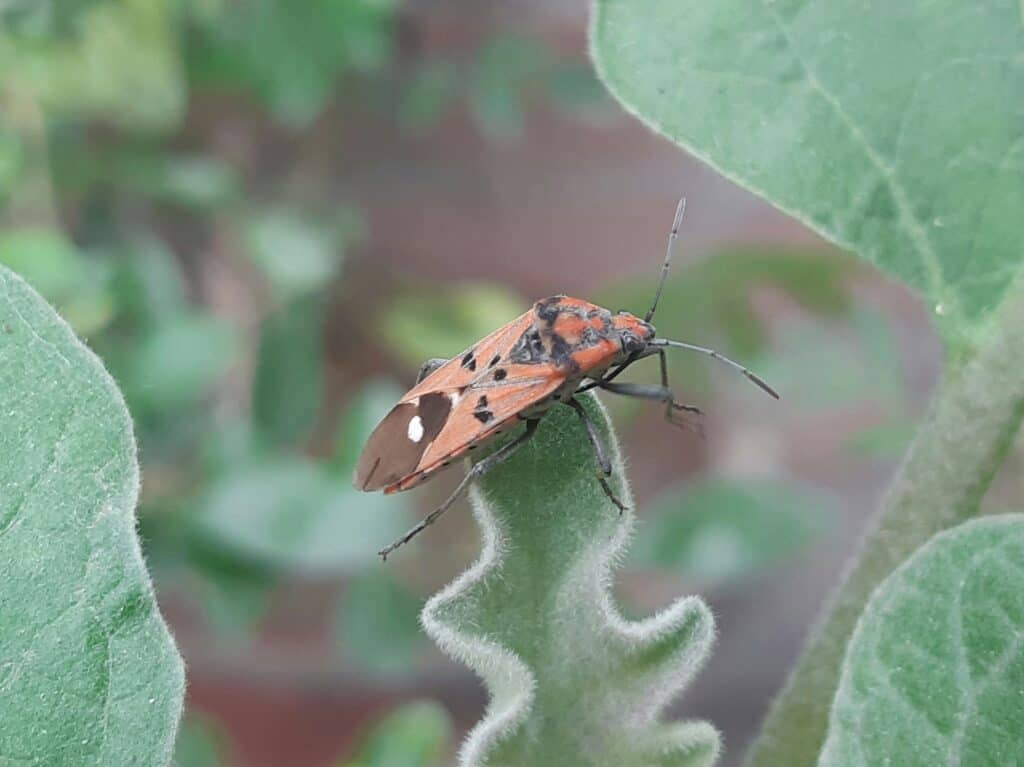 Insecticidal Soaps:
Insecticidal Soaps:
Insecticidal soaps are made from salts and fatty acids that effectively target soft-bodied pests like aphids, whiteflies, and mealybugs by penetrating their outer shells and causing damage to their cell membranes. This leads to dehydration and eventual starvation of the pests. However, it’s important to note that these soaps may harm certain plants, so it’s advisable to conduct a small-scale test before widespread application. Additionally, while effective against pests, insecticidal soaps can also be harmful to beneficial insects, so their use should be limited. Fortunately, they have not been found to be toxic to humans and other mammals.
Neem Oil:
What we love from Amazon this week
Buy these wonderful flowers directly from Amazon:









